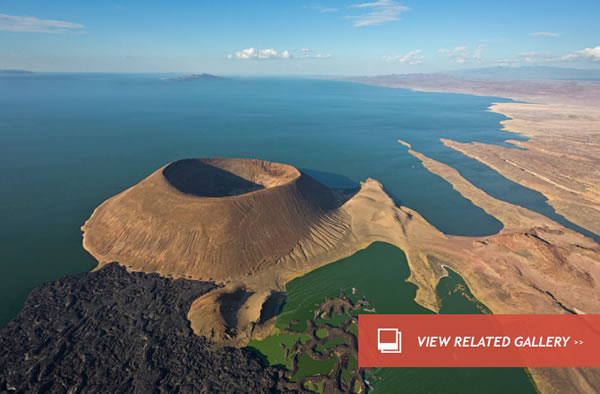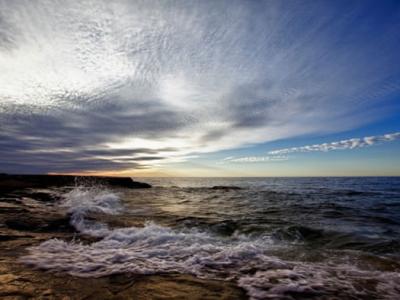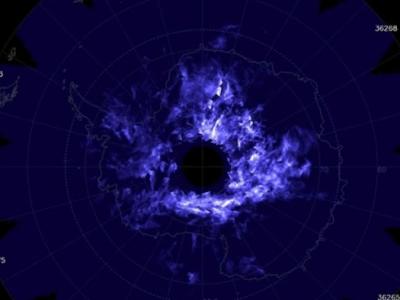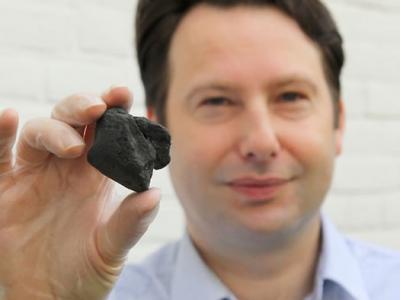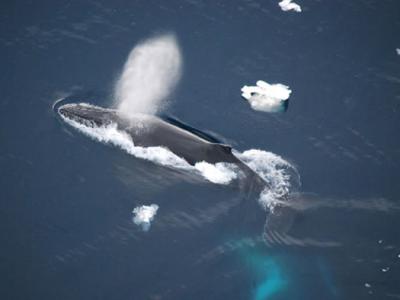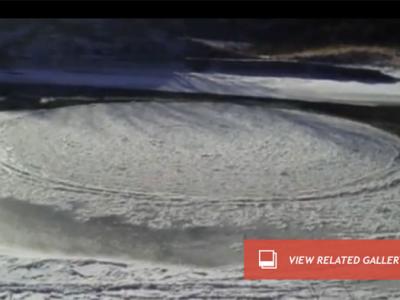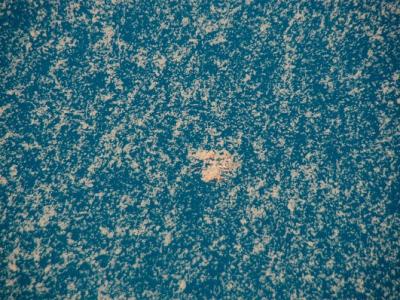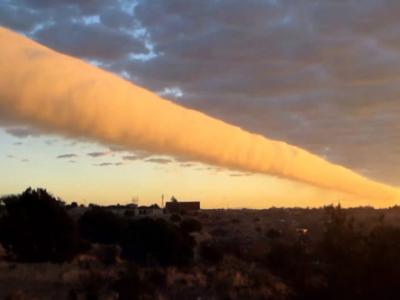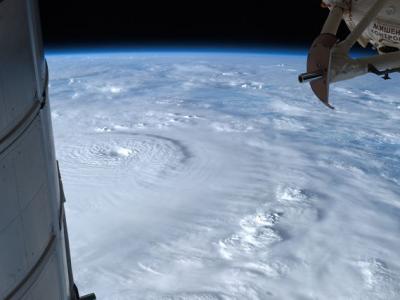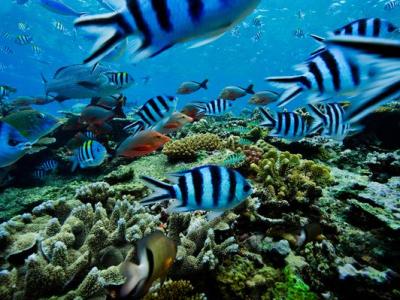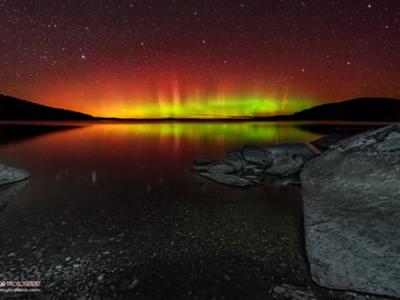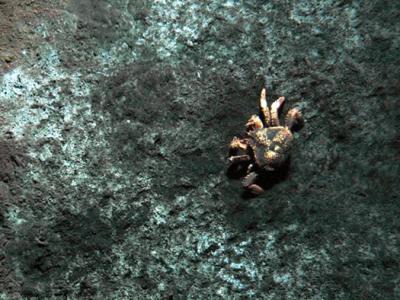African Groundwater Discovery May Slake Thirst
African Groundwater Discovery May Slake Thirst
Two newly discovered groundwater sources could slake the thirst of a volcanic region of Kenya and vitalize the drought-prone area’s economy.
The aquifers lie beneath the Turkana and Lotikipi basins in northern Kenya and together hold 250 billion cubic meters of water, reported the BBC. Kenya only uses approximately 3 billion cubic meters per year. All that extra water could ease the suffering of the 17 million Kenyans who lack access to safe water.
Although Lake Turkana is the largest desert lake in the world, it is also the world’s largest alkaline lake, and the high levels of fluoride in the water make it unsafe for consumption. Still, many in the region drink the lake water to survive despite its debilitating health effects.
Last year, the region suffered from a drought that killed much of the livestock, which the residents depend on for food. Those who survived the immediate threat of starvation are struggling now to replenish their herds.
“This newly found wealth of water opens a door to a more prosperous future for the people of Turkana and the nation as a whole. We must now work to further explore these resources responsibly and safeguard them for future generations,” Kenya’s Environment Minister Judi Wakhungu said at a meeting of the UN Educational, Scientific and Cultural Organization (UNESCO).
To maintain the benefits of these newly discovered water sources, Kenya will have to avoid the mistakes that other nations have made in exploiting aquifers. In the United States, for example, the Ogallala aquifer underlies eight states in the center of the country. The aquifer provides drinking water to approximately 1.9 million Americans in the Plains regions, according to the U.S. Geological Survey (USGS). The underground water also supplies nearly one third of the ground water used for crop irrigation in the nation. However, since the 1950s the aquifer has dropped dramatically in New Mexico, Kansas, Colorado, Oklahoma and portions of Texas.
The problem for the Plains is that the rate of recharge for the aquifer can’t keep pace with the rate of human use. The arid environment and impermeable soil of much of the Plains region limits the amount of water that can trickle back into the aquifer after rain and crop irrigation.
Farmers in the region came to depend on the aquifer after the disaster of the Dust Bowl in the 1930s, and if the aquifer dries out, so will the farms. A recent USGS report found that aquifer use sped up in the past decade. Without a nationwide plan for sustainable use of the Ogllala aquifer, high intensity agriculture in the Plains could become impossible.
As the Talking Heads might have said, Kenya’s once in a lifetime find of water flowing underground may help people living in shotgun shacks in another part of the world. But first they must develop a sustainable means to remove the water and carry the water, or else the drought problem will be the same as it ever was.
IMAGE: Lake Turkana is situatated in the Great Rift Valley in Kenya. It is the world’s largest desert lake and the world’s largest alkaline lake. Rocks in the surrounding area are predominantly volcanic. (Martin Harvey/Corbis)(Sep 12, 2013 12:29 PM ET // by Tim Wall)
